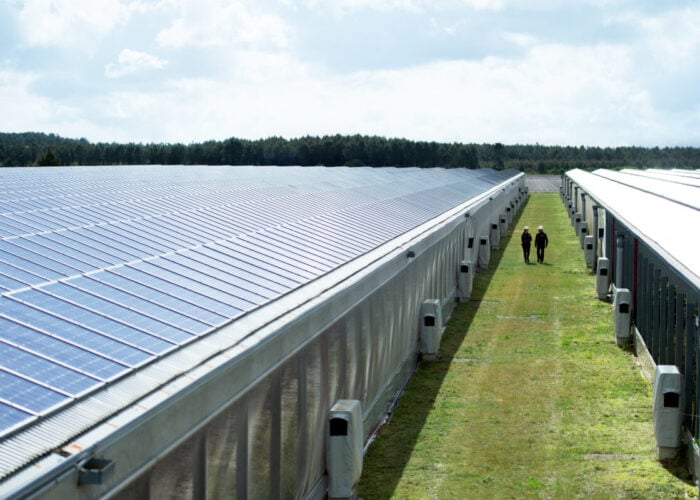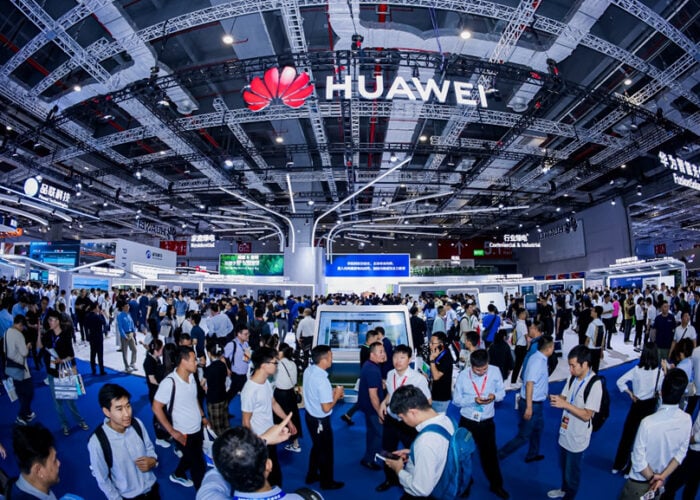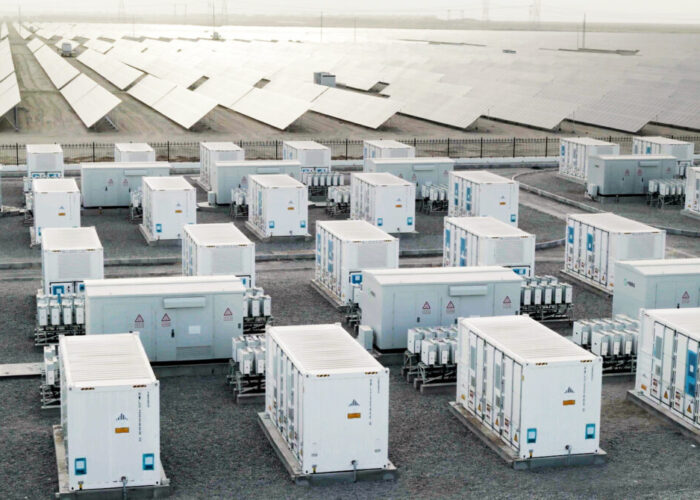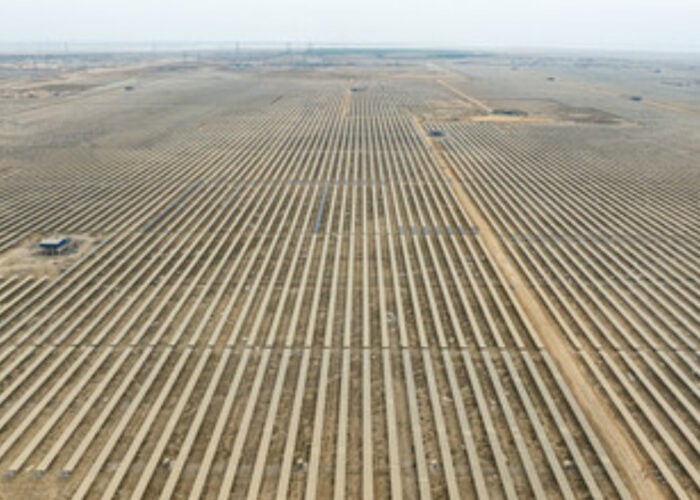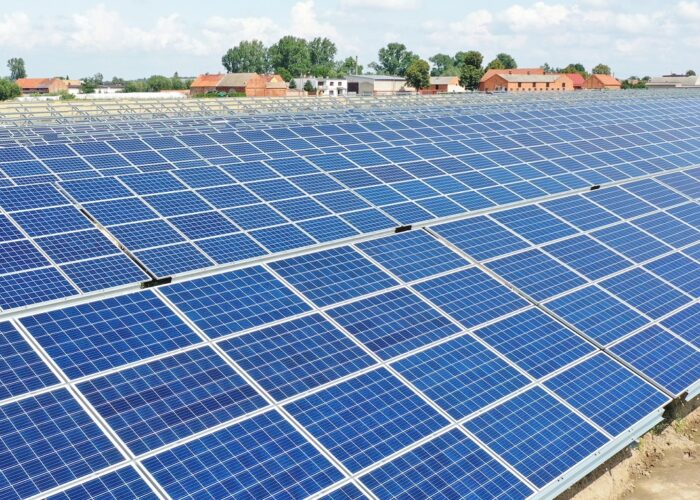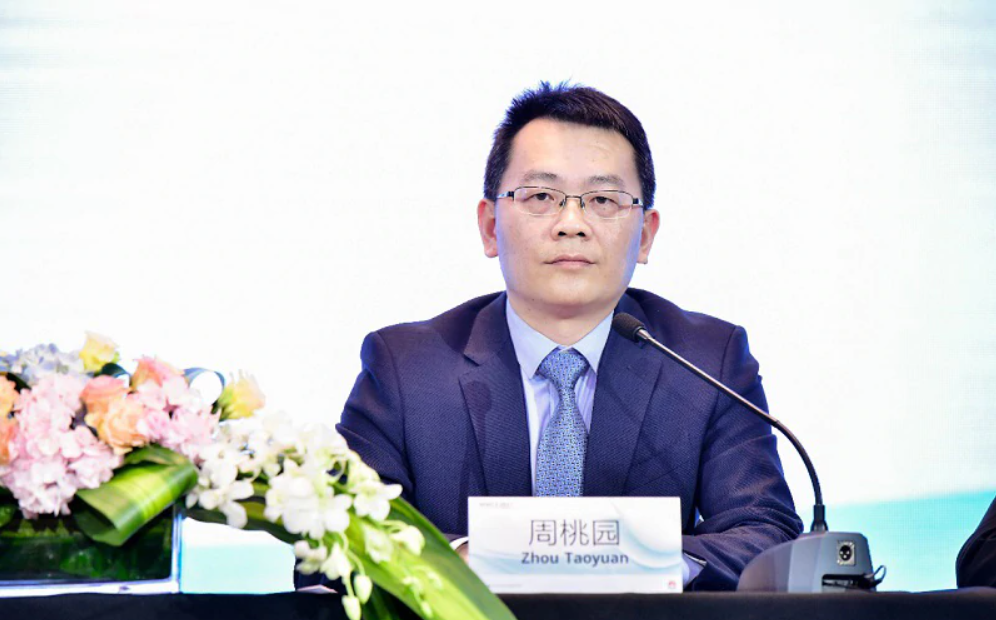
Huawei is backing a solar and storage-powered green energy solution for telecommunications network carriers and operators to help the sector hit net zero as soon as possible.
The technology firm unveiled its Zero Carbon Network Solution at Mobile World Congress Shanghai last week, introducing solar, storage and other digital technologies to carrier networks in order to maximise the use of clean energy and reduce carbon emissions from the telecoms sector.
Unlock unlimited access for 12 whole months of distinctive global analysis
Photovoltaics International is now included.
- Regular insight and analysis of the industry’s biggest developments
- In-depth interviews with the industry’s leading figures
- Unlimited digital access to the PV Tech Power journal catalogue
- Unlimited digital access to the Photovoltaics International journal catalogue
- Access to more than 1,000 technical papers
- Discounts on Solar Media’s portfolio of events, in-person and virtual
Huawei said that while the status quo is for grid energy to be used to power telecoms network facilities for up to 24 hours a day, using solar and storage-enabled solutions could reduce that reliance on the grid to just nine hours, saving a single site up to 14,500kWh of electricity each year.
The company profiled two major projects, both in China, where the solution is being piloted. In Zhuhai, telecoms networks currently using diesel generators and lead acid batteries will receive solar power and lithium-ion battery technologies, which combined will supply remote networks with 24-hour, uninterrupted power supply.
Meanwhile, in Hainan, Qinghai Province, Huawei is helping a major data industry park develop the country’s first demonstration base for such an infrastructure project to use 100% clean energy.
Hainan’s Big Data Industrial Park covers an area of around 800,000 square metres and is to use a mix of hydropower, wind and solar to promote a “new energy + big data” strategy, Huawei said.
Huawei is to provide 16 smart modular solutions to the project as part of a first phase. The use of its modular architecture is to save on deployment time and accelerate the construction of the entire data centre by up to three months.

